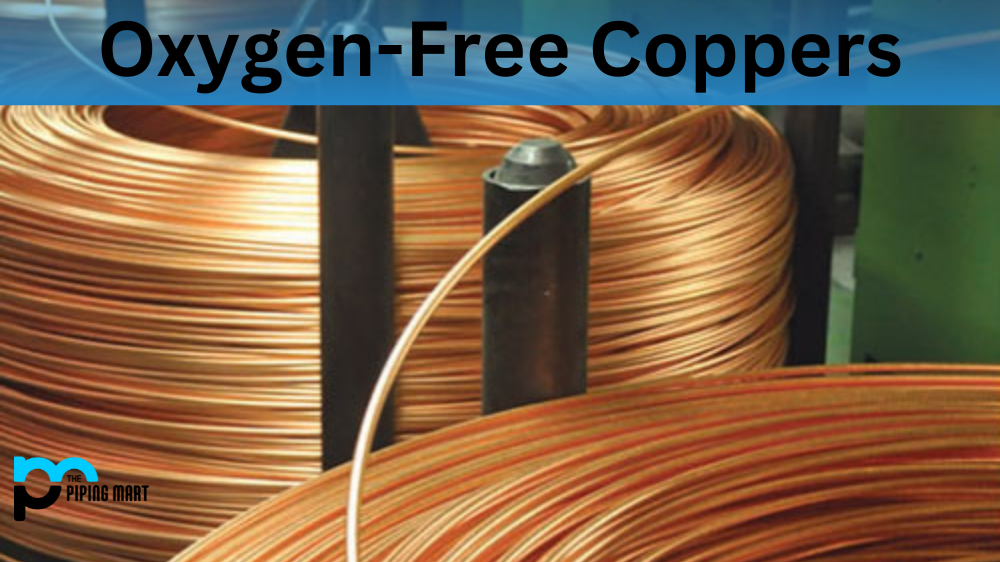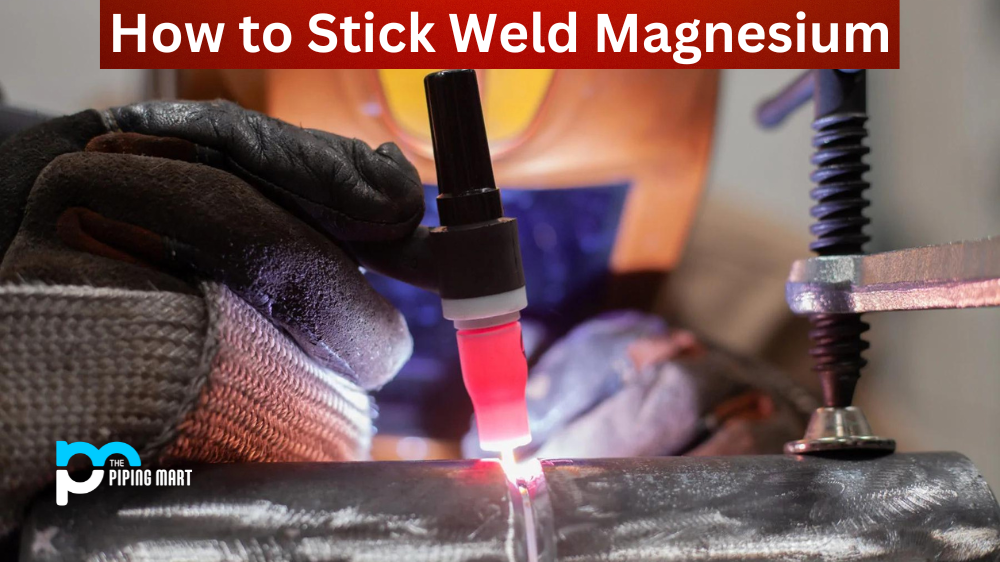Oxygen-free coppers (OFCs) are a type of copper alloy that is highly sought after due to its many amazing properties. OFCs are known for their superior electrical conductivity, low electrical resistivity, and ability to resist corrosion. In addition, OFCs have the highest strength among all copper alloys, making them suitable for various applications. Let’s take a closer look at the composition, mechanical properties, physical properties, and uses of OFCs.
Oxygen-Free Copper Composition
OFCs consist of 99.95% pure copper and trace amounts of other elements such as iron, nickel, manganese, phosphorus, arsenic, and zinc. These trace elements give OFC unique characteristics such as enhanced corrosion resistance and improved mechanical properties compared to pure copper alloys.
Oxygen-Free Copper Mechanical Properties
The mechanical properties of OFC are outstanding compared to other types of copper alloys. It has the highest strength among these materials and can be used in high-temperature applications without being affected by thermal expansion or contraction. It is also very ductile, allowing it to be easily formed into different shapes without losing its integrity or strength. Finally, it has excellent wear resistance, which makes it ideal for use in various industrial applications where wear resistance is important.
Oxygen-Free Copper Physical Properties
In terms of physical properties, OFC has an extremely low electrical resistivity, making it ideal for electrical components and systems. It also has excellent thermal stability, preventing it from becoming brittle at higher temperatures while maintaining its strength and durability even when exposed to extreme temperatures or pressure changes over time. Furthermore, its low thermal conductivity minimises heat transfer in high-temperature applications while still providing optimal efficiency in operations where heat must be conducted away from sensitive components or devices quickly and efficiently.
Oxygen-Free Copper Uses
Oxygen-free coppers are an incredibly versatile material with a range of impressive characteristics that make them perfect for various industrial applications, including electrical components and systems, as well as high-temperature operations where wear resistance is important. Their superior electrical conductivity and low electrical resistivity make them ideal for use in any application requiring reliable connectivity between components without sacrificing performance or efficiency due to high heat transfer or thermal instability over time.
Conclusion
With so many advantages over traditional metals like aluminium or steel, oxygen-free coppers have become one of the most popular choices for industrial designers worldwide looking for reliable materials that will last through years of use with minimal maintenance requirements along the way!

A passionate metal industry expert and blogger. With over 5 years of experience in the field, Palak brings a wealth of knowledge and insight to her writing. Whether discussing the latest trends in the metal industry or sharing tips, she is dedicated to helping others succeed in the metal industry.




